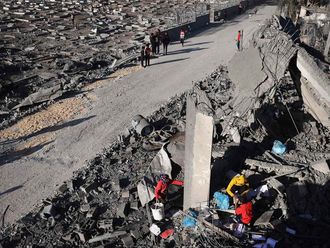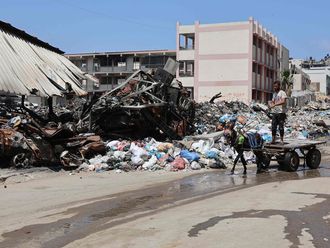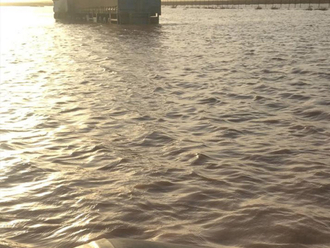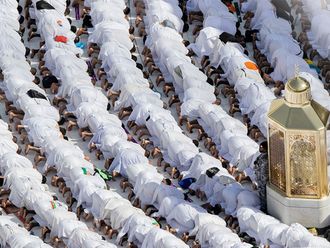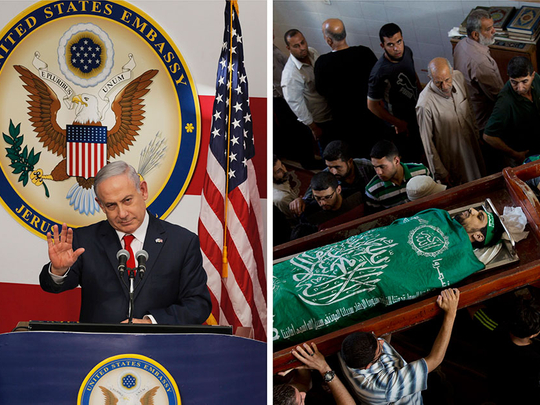
Occupied Jerusalem: In December last year, US President Donald Trump decided to recognise occupied Jerusalem as Israel’s capital, with the new US embassy opening Monday amid deadly clashes. Here are key developments since the declaration:
Shock announcement
On December 6, 2017 Trump said “it is time to officially recognise [occupied] Jerusalem as the capital of Israel”, breaking with the policies of his predecessors and provoking criticism worldwide.
Palestinian leaders are outraged. “These deplorable and unacceptable measures deliberately undermine all peace efforts,” Palestinian president Mahmoud Abbas said.
Israeli Prime Minister Benjamin Netanyahu hailed Trump’s move as “historic”.
The State Department said it will start immediately on plans to move the US embassy from Tel Aviv to occupied Jerusalem.
Rage
On December 8, Palestinians in their thousands face off against Israeli occupation soldiers and police in a “day of rage” in occupied Jerusalem, the West Bank and Gaza Strip.
Tens of thousands demonstrated in Arab and Muslim countries.
At the United Nations envoys from Britain, France, Germany, Italy and Sweden said Trump’s move was “not in line” with UN Security Council resolutions.
Palestinian capital
Muslim leaders at a summit in Istanbul on December 13 called on the international community to recognise east Jerusalem as the capital of a Palestinian state.
Abbas said there can be “no peace or stability” in the Middle East until then.
On December 18 the United States vetoed a draft UN resolution rejecting Trump’s recognition of occupied Jerusalem; all 14 other Security Council members had backed the measure.
The UN General Assembly on December 21 overwhelmingly adopted a resolution against the US declaration.
‘Slap of the century’
On January 14 Abbas denounced White House peace efforts as “the slap of the century” and reiterated the Palestinians no longer accept the United States as a peace mediator.
On January 16 Washington held back $65 million that had been earmarked for the UN relief agency for Palestinian refugees, UNRWA.
US Vice President Mike Pence on January 22 received a warm welcome in Israel but was snubbed by the Palestinians.
On February 20 Abbas called at the UN Security Council for an international conference to launch a new peace process and pave the way to Palestinian statehood.
Tensions rise
Three days later US officials announce that the embassy will relocate to occupied Jerusalem on May 14, coinciding with the 70th anniversary of the nakba.
Palestinians slammed it as a “blatant provocation”.
On March 19 Abbas labelled the US ambassador to Israel, David Friedman, a “son of a dog”.
Palestinians on March 30 kicked off a major protest campaign on the Gaza border to demand the right to return to homes they fled in 1948 at the creation of Israel.
In the weeks that followed at least 53 Palestinian protesters were killed in confrontations with security forces.
Clashes as embassy opens
Hours before the new embassy was inaugurated, Israeli occupation forces shot derad at least 41 Palestinians on the Gaza border.


